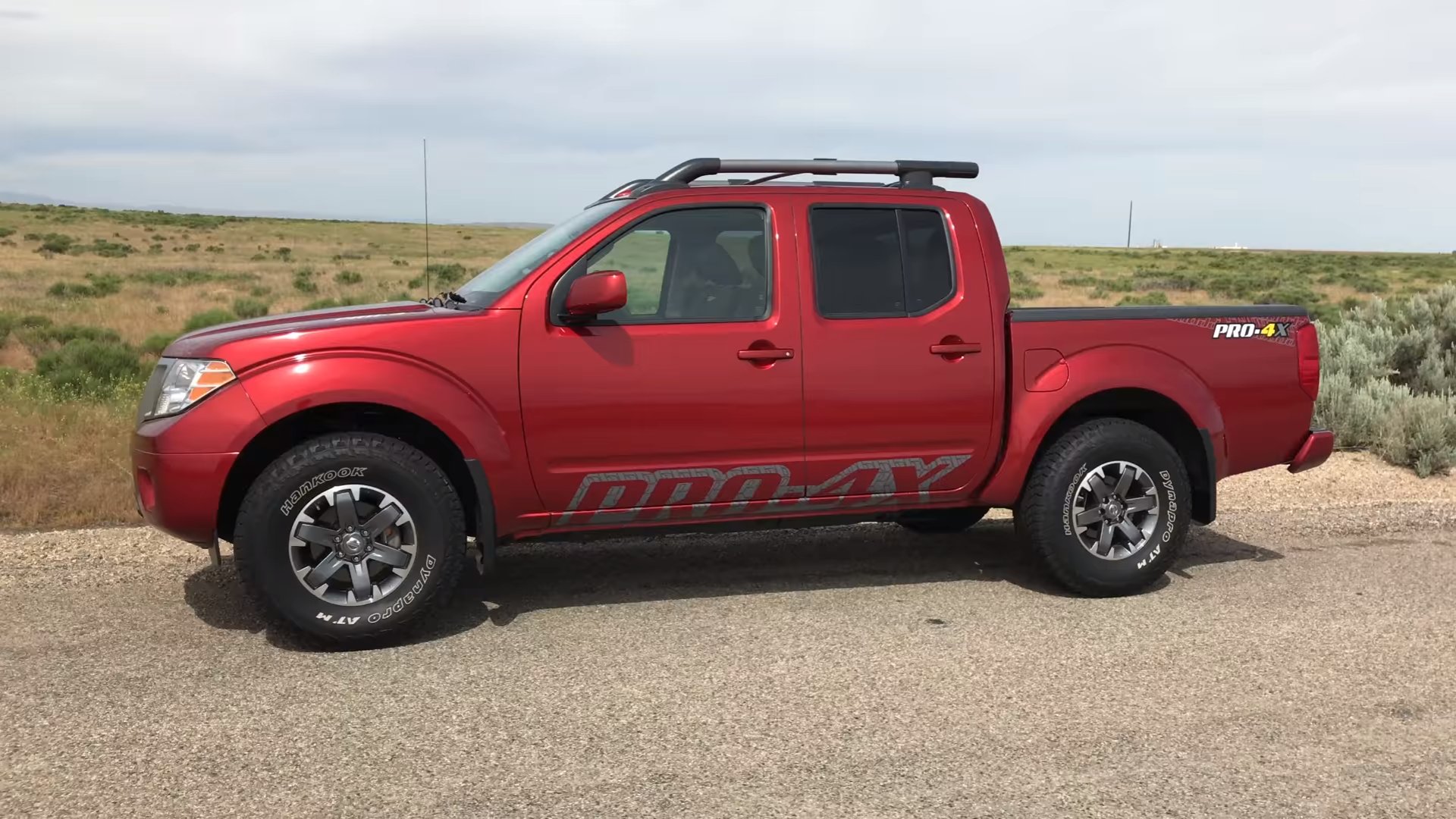

As buyers continue to spring for AWD-equipped crossovers en masse, there isn’t much outside of pickup trucks still rocking a traditional transfer case these days. It used to be you could get something as workaday as a damn Chevy Tracker with selectable 4WD, but now shifting between 2-HI and 4-LO yourself has become anathema to most. Thankfully, the latest video from Engineering Explained is here to teach the next generation how it used to be done—and how exactly all those modes affect the vehicle.
Jason Fenske takes us back to school in breaking down how the part-time 4WD system works on the 2017 Nissan Frontier Pro-4X, and what the different drive and gearing modes do to the truck’s straight-line acceleration. Just to sum it up, the engine sends power to the rear wheels through the transfer case, which holds both the HI-LO gear reducer and either gearing or a chain to drive the front axle when 4WD is selected.
The Frontier Pro-4X also features an electronically-locking rear differential, which forces the rear wheels to spin at the same rate, and an ABS-based limited-slip system on all four wheels that can purportedly brake a slipping wheel and route power elsewhere.
Using a series of straight-line acceleration tests to show how 2-HI, 4-HI, and 4-LO affect the Frontier’s power delivery, Fenske aptly demonstrates both the drivetrain power loss that leads to a slower time in 4-HI and the shortened gearing in 4-LO that significantly boosts torque and acceleration. Even though it’s not advisable to use 4WD on dry pavement because of the risk of drivetrain binding, Fenkse reasons it’s okay here since he’s only traveling in a straight line. If you’re curious about how these results translate off-road, he’s got you covered there.
